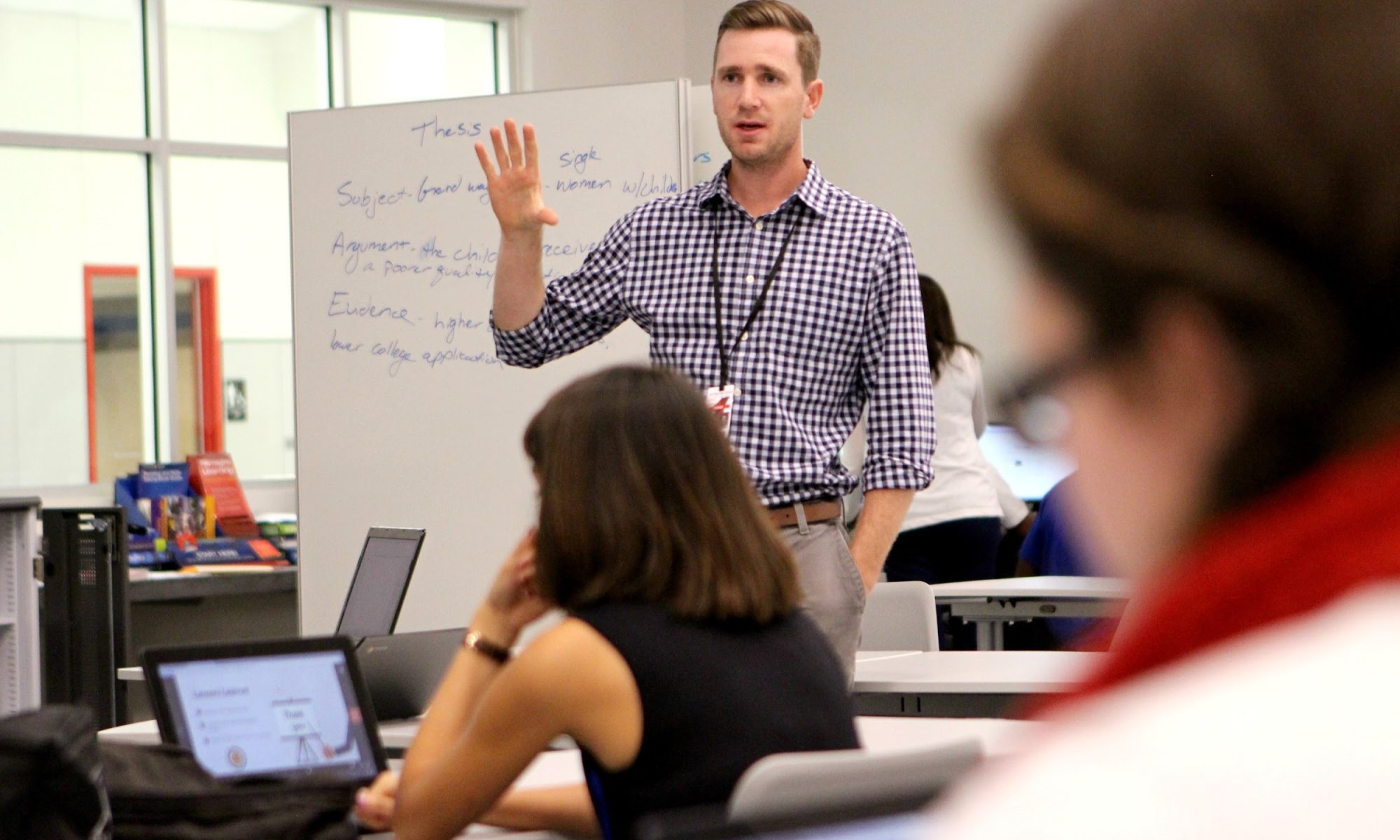Every new generation sees changes in the landscape of higher education, but the essential tenets have always remained the same. Students live in dorms or student apartments and go every day to sit in classrooms where they hear lectures from professors. However, many things we used to take for granted about the college experience may be changing. In fact, the higher education of future generations may be unrecognizable to those of us who came of age in the 20th century. Here are some of the changes that seem to be emerging. Adaptive learning We are already witnessing technologies that adapt …
Continue reading “A Vision of the Future of Higher Education”










